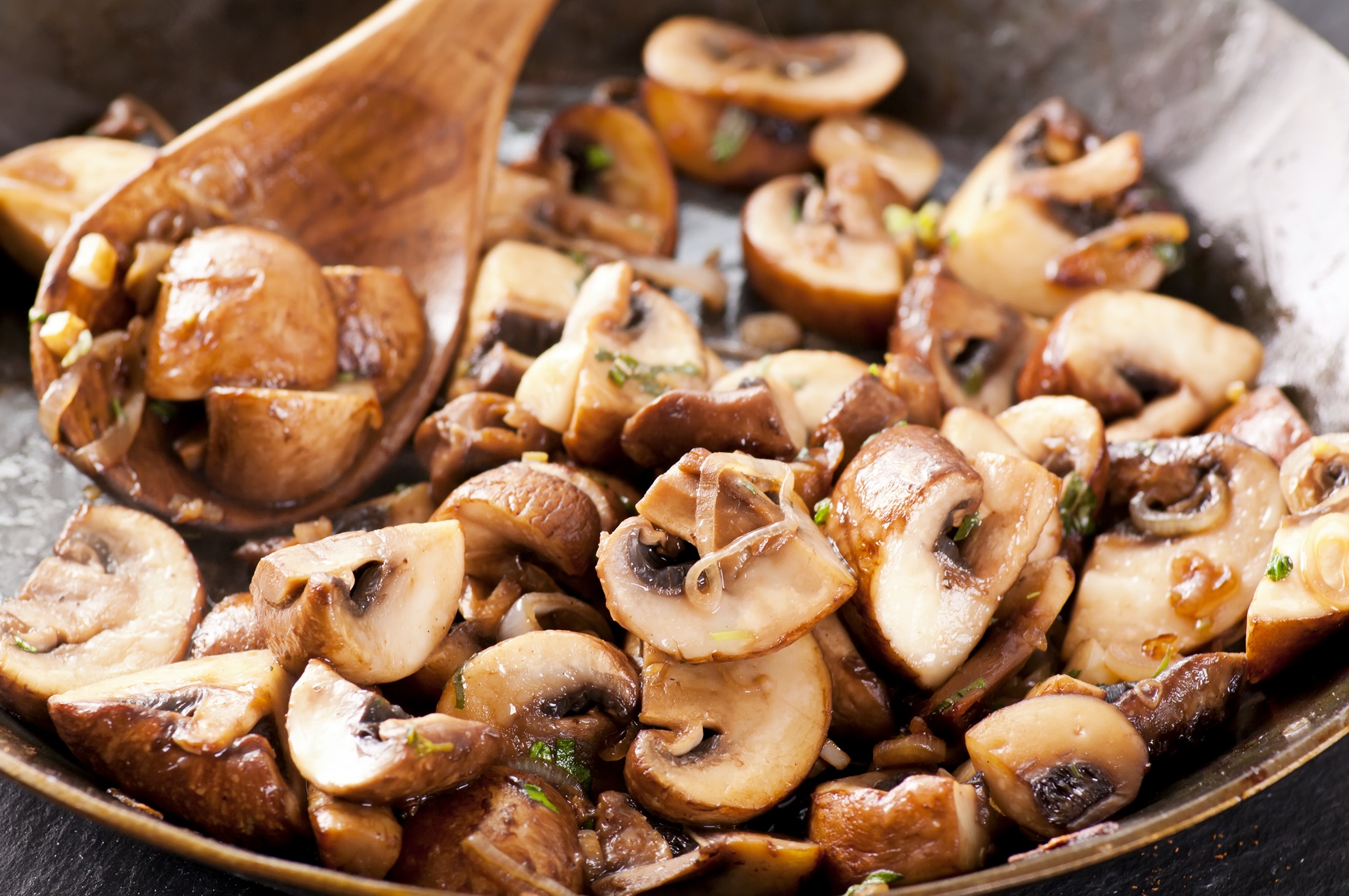From Fried Tokwa To Sizzling Sisig: A Step-By-Step Guide
Share to facebook Opens in new window
Sizzling sisig is a celebration of Filipino ingenuity and local flavors. Traditionally, the dish uses pork ears, jowl, and in some recipes, brains. While some would never think to cook with these oft-discarded parts, most Pinoys find them delectable. These unique ingredients – combined with pork belly, chicken liver, and flavor enhancers – make up modern-day sisig.
But as tasty as sizzling pork sisig might be, it’s not for the faint of heart. Literally. It’s high in saturated fat, which could spike your cholesterol if you have it too often. If you’re conscious of your meat intake but can’t resist the allure of sisig, try this healthy alternative. It uses firm tofu instead of pork for a lighter (but no less tasty!) ulam.
How to Cook Sizzling Sisig With Tofu

The classic ingredients of sizzling sisig (like the pork jowl, ears, and belly) give it a crisp and slightly chewy texture. Mixing in the chicken liver makes it rich and saucy, while other additions, like mayo, eggs, and mashed pig’s brains, make it ultra-creamy.
Perfectly cooked tofu will make your plant-based sisig as satisfying as the meaty stuff. Fry the cubes until they’re crunchy on the outside but still firm and meat-like on the inside. Or you can use extra from making tokwa’t baboy, tofu steak, or sarciado.
Use lots of aromatics and chilies, season liberally, and taste as you go until you get the right balance of flavors. Don’t skimp on the mayonnaise! In the absence of the pork liver and brains, mayo becomes the key to a rich, indulgent sisig.
Ingredients
- 3 tbsp canola oil, for frying
- 500 g firm tofu, cut into ½-inch cubes
- 1 pc red onion, chopped
- 3 cloves garlic, chopped
- 1 pc bird’s eye chili (siling labuyo)
- 2 pcs green finger chilies (siling pangsigang)
- Knorr Liquid Seasoning, to taste
- 1⁄3 cup Lady’s Choice Real Mayonnaise
- 2 pcs calamansi
- egg (optional)
Method
- Heat oil in a shallow pan over high flame. Add tofu cubes and deep-fry until brown and crisp. Drain on paper towels. Set aside.
- In another pan over medium flame, heat oil and sauté onion and garlic until fragrant.
- Add fried tofu and chilies. Stir well.
- Season with Knorr Liquid Seasoning. Remove pan from heat. Add Lady’s Choice Real Mayonnaise and mix well.
- Finish with a squeeze of calamansi. Serve hot. Optionally, crack an egg on top.
Healthier Sizzling Sisig Ingredients to Use

Is pork sisig with rice one of your family’s ultimate comfort meals? Try swapping out the meat for these lean protein alternatives. They’re lighter on the tummy, so you can add them to your weekly menu without worry.
Mushrooms
These flexible fungi are a favorite among sisig-loving vegans thanks to their firm and meaty texture. Mushrooms are also naturally full of umami, so they mimic the savory quality of pork, beef, or chicken.
Canned tuna
This pantry staple is a budget-friendly yet protein-packed option. Add crispy tofu in the mix for a textural contrast. Pro tip: Use lots of calamansi juice to offset the fishy flavor.
Unripe langka (jackfruit)
Most Filipinos know langka as a sweet ingredient, but more and more people are embracing its savory potential. If you want to experiment with it in your sisig, unripe langka is the way to go. It’s pale green and starchy with a meaty texture that resembles pork.
Yes, nothing beats authentic sizzling sisig in all its fatty indulgence. But if you’re ever craving lighter sisig that tastes just as good but feels better in your body, give this recipe a try.
Related Articles
- slide 1
- slide 2
- slide 3




